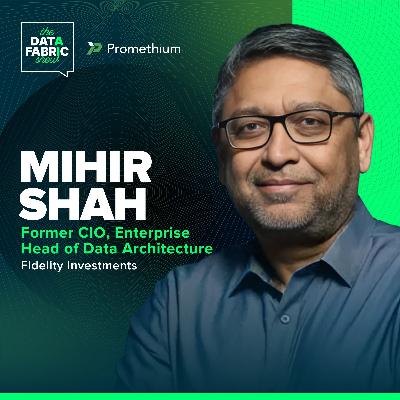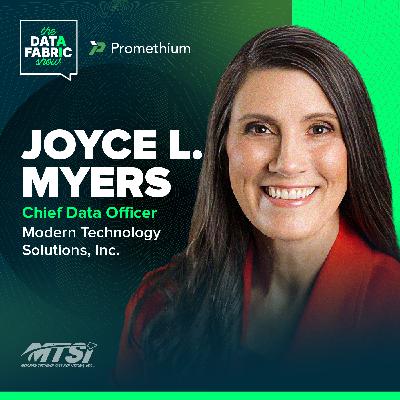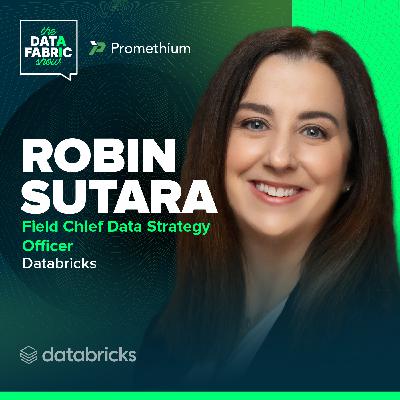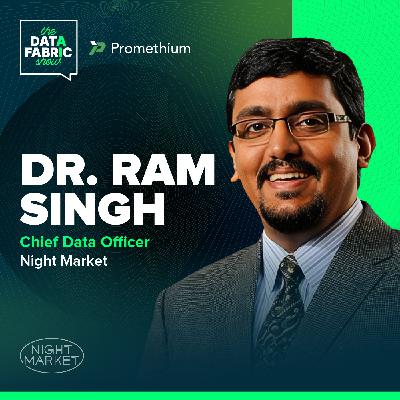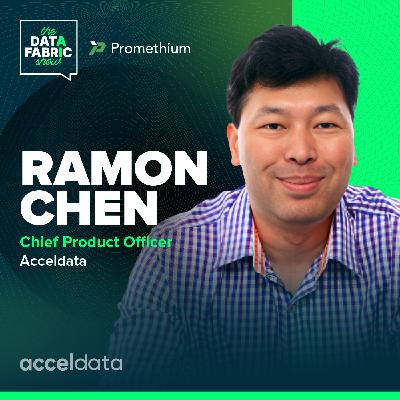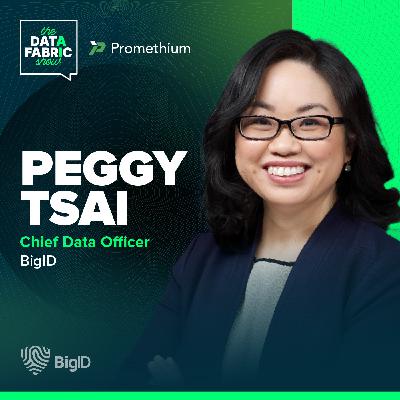EP 9 — Fidelity’s Mihir Shah On The Data Revolution: 3 Decades of Architecture Lessons
Description
How do you convince executives to fund 14-month foundational builds when CDOs typically have quarters to prove value? After orchestrating multiple enterprise transformations at Fidelity—including bringing all enterprise data into a single cataloged, modeled platform—Mihir Shah reveals the tactical playbook that enabled 30 years of technology migrations without losing architectural coherence.
Shah's approach stems from hard-won lessons at Churchill Insurance in the late 80s, where his team built real-time underwriting systems that processed "billions and billions of rows" while customers waited on calls. That foundational discipline—investing 14 months in architecture before launching—became his template for navigating technology shifts from mainframes to cloud-native AI platforms.
His counterintuitive strategy: aggregate all planned data initiatives across business units to reveal the true cost of fragmented execution, then redirect that same budget toward unified foundations. The result? Technology-portable architectures that survive decades of vendor transitions while delivering immediate business value.
Topics discussed:
- Shah's enterprise aggregation framework: Map all planned data warehouses, hardware refresh cycles, and modernization costs across business units over five years—this identical budget funds unified architecture while eliminating the compromise of delayed use case delivery.
- Breaking the CDO death spiral of vertical use case execution that creates technical debt: Aggregate requirements at enterprise or business unit level first, then execute against a unified blueprint rather than chasing individual departmental priorities.
- The Churchill discipline applied to enterprise scale: 14-month foundation builds that process "billions and billions of rows" in real-time—translating to modern architectures that handle enterprise query loads while maintaining sub-second response times.
- Technology portability strategy for stateful data layers: Accept vendor lock-in as inevitable for databases while maintaining CSP independence (Azure, GCP, AWS, Oracle) through deliberate technology selection across the entire analytics stack.
- Data model invariance as competitive moat: While business processes change quarterly with management shifts, properly designed business data models remain stable across decades—making them the core IP worth protecting through technology transitions.
- Structured data renaissance beyond the LLM hype: Combining first-party transactional intelligence (general ledger, trades, sales) with unstructured processing rather than abandoning traditional analytics for generative AI completely.
- Self-service at enterprise scale: Enabling power users within departments to create curated views for finance, risk, compliance, and security functions rather than expecting end users to navigate 5,000-table analytics warehouses directly.
- Role-specific data independence: Eliminating cross-departmental data dependencies—project managers access project status without finance teams, finance reviews project health without project managers—through persona-driven data design.
Listen to more episodes:
Website

